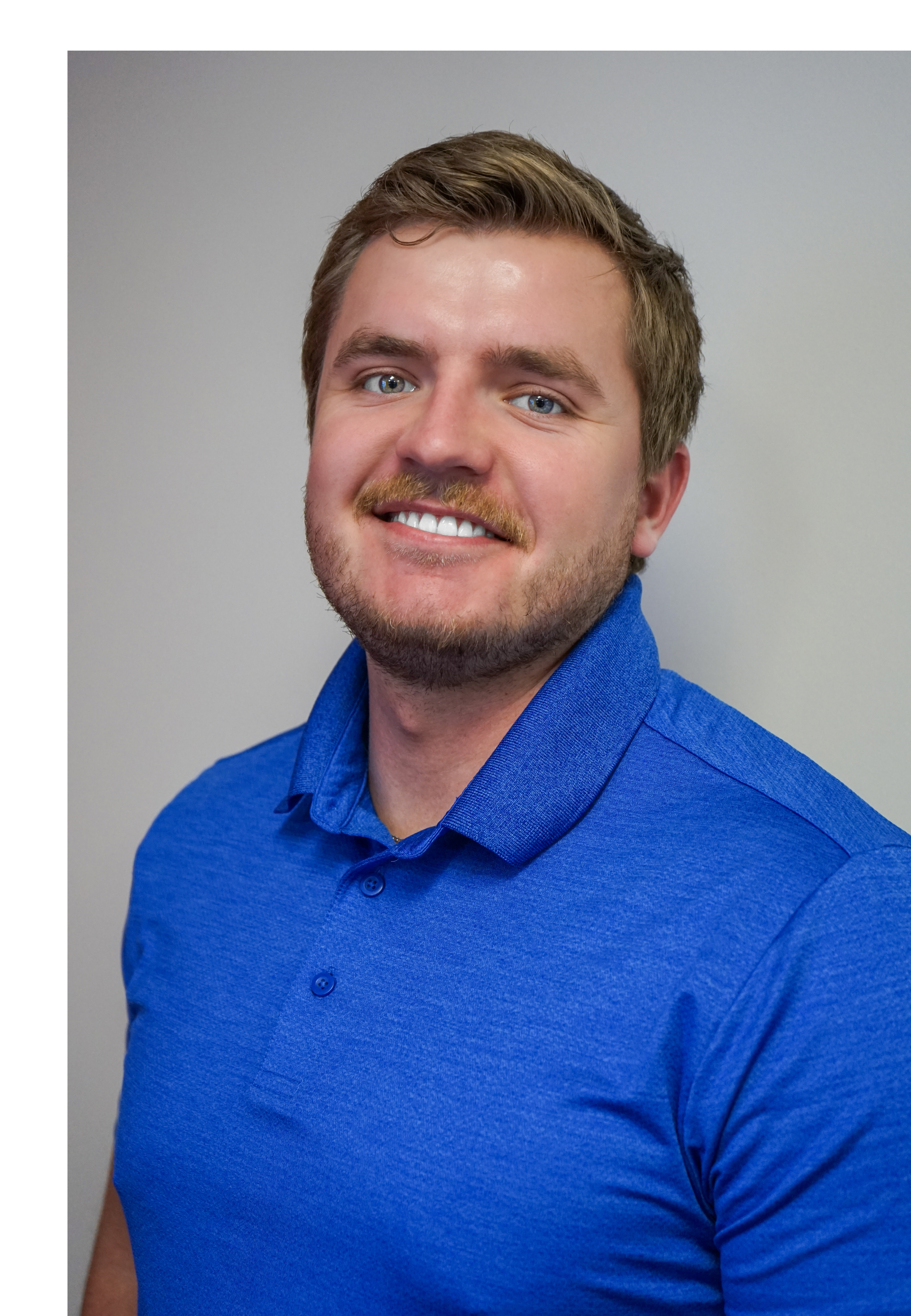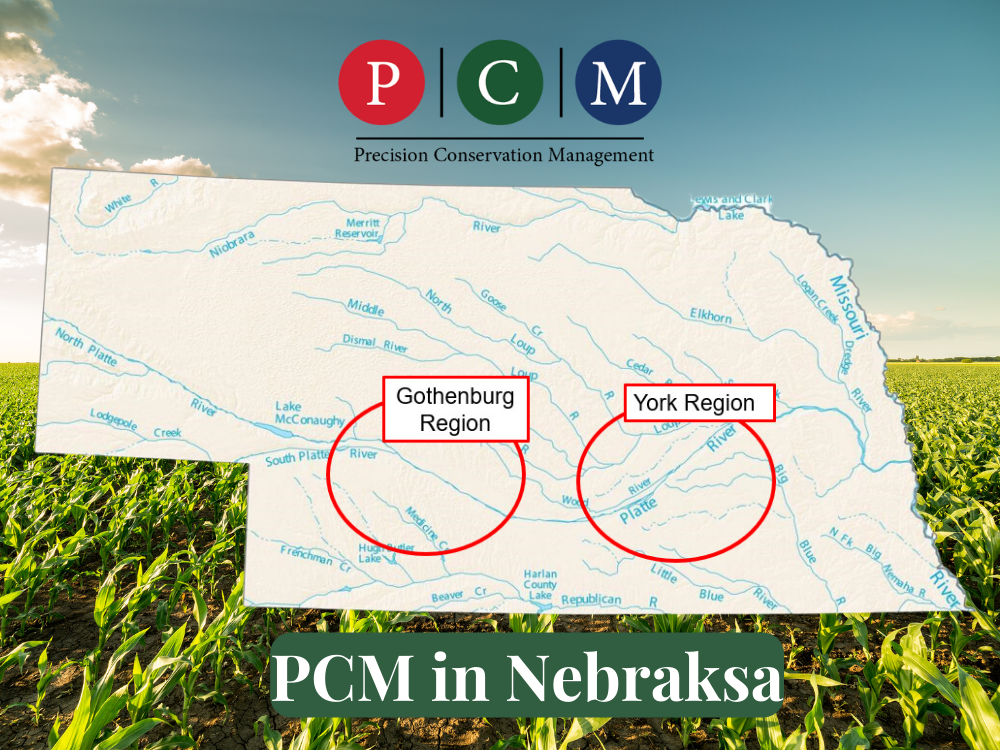Precision Conservation, Increasing Profitability

By Seth Norquest
Conservation Specialist
As a conservation specialist with Precision Conservation Management (PCM), I work to provide Nebraska corn and soybean producers with information and recommendations that aim to protect their livelihood. Landowners need to be a part of these discussions and can sometimes be the difference between adopting an effective conservation practice or not.
Precision Conservation Management is a grassroots, commodity association-led program created by farmers, for farmers, to assist in the evaluation of in-field conservation decisions. Created in 2015, PCM has expanded to serve regions in Nebraska, Illinois, and Kentucky. The objective of PCM is to work one-on-one with farmers to analyze the costs and benefits of adopting new conservation practices, but one of the barriers to adopting new practices can be relationships between farmers and landowners.
Looking at the aggregate data published by PCM can set the stage for productive conversations between farmers and landowners about adopting conservation practices. Conversations that consider both profitability and soil health goals can create a win-win plan for both parties. PCM data could even help with rental agreement negotiations that meet the long-term soil health goals of the landowner without impacting the producer’s bottom line.
By joining PCM, farmers get access to their own dedicated regional specialist, exclusive cost-share programs, and personalized data analysis demonstrating how conservation practices affect both their environmental outcomes and farm incomes. However, you do not need to be enrolled in PCM to get access to aggregated data published on their website.
Their latest publication compiles nine years of aggregated data. Here are just a few insights from this data:
- Higher yields do not always equal higher profitability. This is an important mindset shift to consider for long-term success.
- More than two passes of heavy tillage is never profitable compared to lighter tillage systems. Strip tillage is also proving to be a profitable option.
- Nitrogen applications over the university recommended rates are less profitable.
- Cover crops are the most effective tool for improving water quality and soil health, although profitability remains a challenge. Several cost-share opportunities are available to farmers through PCM and other programs to make cover crops pencil out on a farm balance sheet.
Curious to see more insights from our aggregated data, or to meet with me to get personalized data insights on your acres? You can visit www.precisionconservation.org or contact me at snorquest@precisionconservation.org or (402) 710-1987. I am eager to help you find the balance between profitability and conservation on your land.


